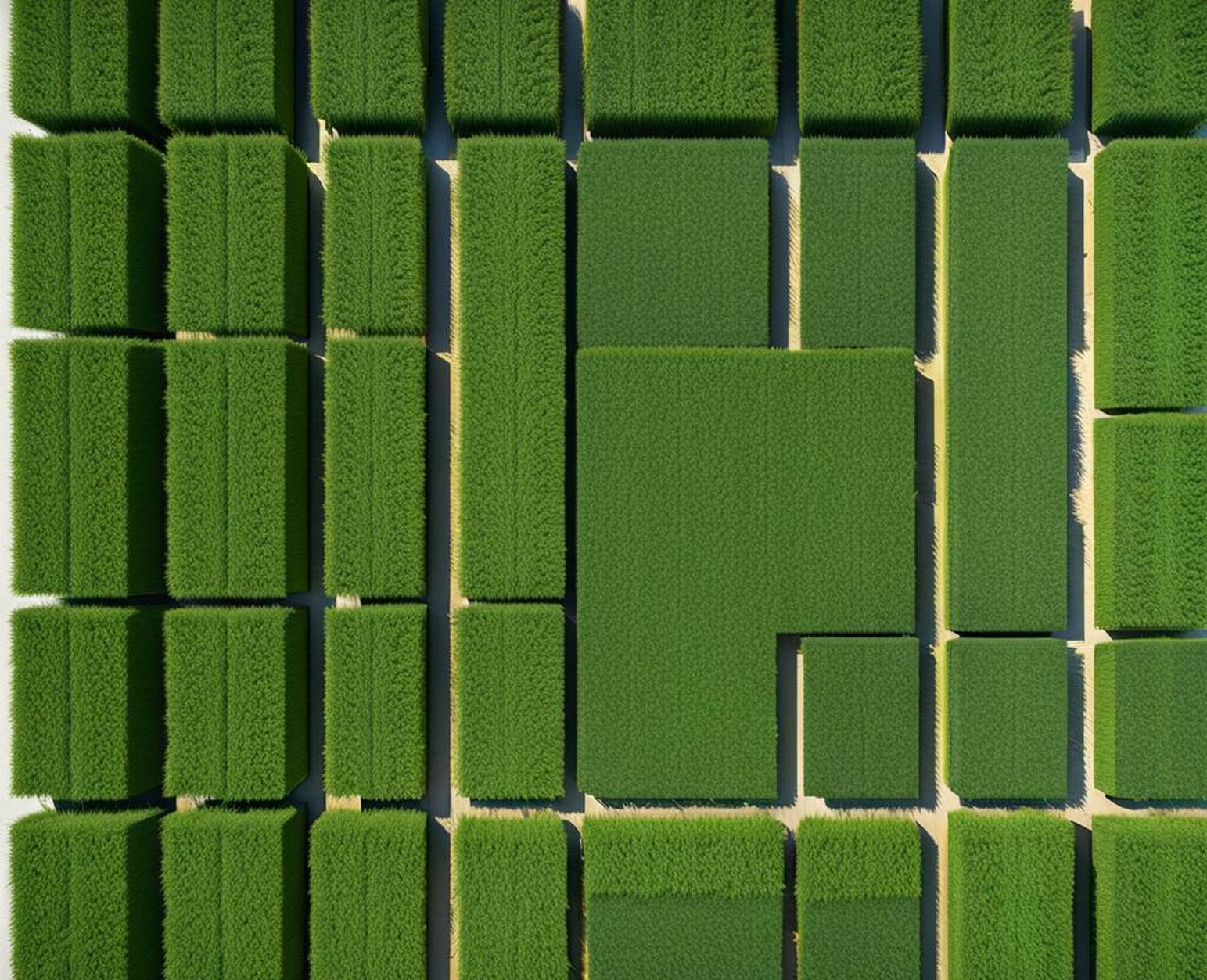If you’re looking to establish a new lawn or replace your existing grass, installing sod is often the quickest and easiest way to get a lush, green carpet of grass. But how much actual lawn coverage do you get with each pallet of sod? It’s an important question when calculating materials for your project.
What Exactly is Sod?
Before looking at pallet sizes, it helps to understand what sod is. Sod refers to strips or pieces of grass-covered soil held together by the grass roots that are cut in preparation for harvest and transport. It’s grown on specialized farms and cultivated to have dense, healthy grass plants suitable for transplanting to form an instant lawn.
The benefit of using sod over other methods like seeding is that you get an established, mature lawn right away. The grass plants are already grown – no waiting weeks for seeds to germinate and grass to fill in. Sod also helps prevent erosion issues on slopes or hills. Overall, it provides an immediate, attractive lawn.
Typical Size of a Pallet of Sod
Sod pallet sizes can range anywhere from 300 to over 700 square feet, but most residential suppliers offer pallets in the 400 to 500 square foot range. This provides enough coverage for the average home lawn project.

Within that range, the most common pallet sizes are:
- 400 square feet
- 450 square feet
- 500 square feet
However, sod is a natural product and sizes can vary. Factors like moisture content, sod thickness, and grass variety may affect the final square footage per pallet. To be sure of sizing, always check with your specific sod brand or supplier.
Factors that Influence Pallet Size
Several variables can alter the square footage coverage you get from a standard sod pallet:
- Type of grass – Some grass varieties have intrinsically different growth patterns. For example, zoysia grass tends to grow in a dense mat, while Bermuda has more spreading stems.
- Brand of sod – Sod farming companies may have preferences for pallet sizes they use.
- Thickness – Thicker sod with longer roots will be heavier, reducing total area covered per pallet. Thinner sod can cover more ground but is trickier to handle.
- Individual sod piece size – Pieces cut slightly smaller or larger than the typical 16″ x 24″ will change coverage per pallet.
- Moisture content – Wetter sod is heavier, limiting the quantity per pallet.
Calculating Square Footage Per Pallet
To know exactly how much sod you need, start by carefully measuring the total lawn area you want to cover in square feet. Irregular shapes may take a bit more time to calculate accurately.
Next, check with your sod supplier for the square footage their pallets contain. As a general rule, each piece of sod measures 16″ by 24″, covering 2.75 sq ft. But pallet size can vary from brand to brand.
Once you know both measurements, divide your total lawn area by the supplier’s sq ft per pallet. This will tell you how many pallets to purchase.
For example, if your lawn area is 1,800 sq ft and the pallets cover 450 sq ft, you would need 1,800 / 450 = 4 pallets.
Weight of a Pallet of Sod
In addition to coverage size, the weight of a loaded pallet is another important consideration for planning purposes.
Most pallets will range from 1,000 to 3,000 lbs, with the biggest factor being moisture content. Wet sod weighs substantially more. Grass variety also plays a role, as does thickness and density of the roots and soil.
For reference, a typical 500 sq ft pallet weighs 2,200 to 3,000 lbs on the high end. Make sure to account for the heavy lifting required when arranging delivery.
Cost per Pallet of Sod
Pricing for sod pallets generally runs between $100-$300 depending on the grass variety. Here are typical price ranges:
- Bermuda – $100-$200 per pallet
- Zoysia – $200-$300 per pallet
- St. Augustine – $200-$300 per pallet
- Centipede – $150-$250 per pallet
More drought-tolerant Bermuda and centipede grasses tend to be more affordable, while lush St. Augustine commands a higher price. Get quotes from multiple sod farms or suppliers to find the best deal.
Tips for Installing Sod
Once you’ve calculated how many pallets to get, proper installation is key to a healthy lawn. Here are some tips:
- Prepare soil by loosening, removing debris, and leveling.
- Fertilize 1-2 weeks before laying sod using a starter fertilizer.
- Water soil thoroughly before installing sod.
- Gently roll sod after laying for maximum contact with soil.
- Keep sod moist for 2-3 weeks until established by watering daily.
When planning a sod project, the standard pallet size is typically 400 to 500 sq ft for residential lawns. Measure your exact area, then confirm sq ft per pallet with your supplier to calculate how many pallets you need. Prices range from $100-$300 based on grass type. And proper prep and watering ensures your sod takes root.
Knowing the real square footage delivered on a pallet means you can get just the right amount for full coverage without overbuying. Your new sod will establish quickly, giving you a lush lawn within weeks.
